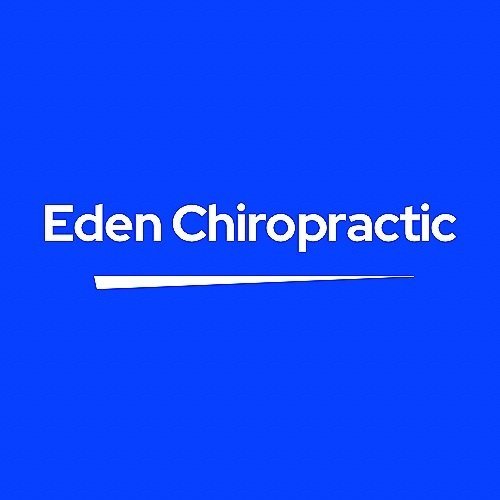Vestibular Ocular Reflex Adaption training
(VOR) adaptation training is a type of rehabilitation exercise designed to improve the function of the Vestibulo-ocular reflex.
To achieve this we have the patient wear a Laser Head piece and after measuring how slow they are compared to normal we present multiple targets at incrementally faster speeds until the patient has re-adapted their VOR back to normal through repetition.
The VOR is a critical neurological mechanism that stabilises vision during head movements by producing eye movements in the opposite direction of head movement, thus maintaining the image on the centre of the visual field. When the VOR is impaired due to injury, disease, or aging, it can lead to symptoms like dizziness, vertigo, shaky vision and balance problems.
The VOR is very important for keeping the brain supplied with visual information to build a clear picture of the environment. When the information is hazy, the brain makes less accurate judgements for movement through the environment. Which could mean banging an elbow when going through a familiar doorway, or spilling a drink, tripping or being clumsy.
The VOR uses information from the inner ear (vestibular labyrinth) to generate eye movements that allow the eyes to fixate upon an object during head movements.
With severe dysfunction, it is impossible to read signs or even recognise faces while just walking. A dysfunctional VOR can also cause blurred vision. There are Vertical, Horizontal, Angular and Translational VOR Reflexes. During rotation of the head, the VOR can stabilise the eyes accurately even with rapid movements, mainly because the VOR pathway is relatively short and very fast. Precisely because it is so quick, (6ms) the VOR must be intrinsically accurate; on this timescale, vision is too slow to be useful to use for feedback. The brain has to be fast and automatic. Consequently, many diseases, injuries and traumas will adversely affect the functioning of the VOR. It is likely to be a contributing problem with many chronic conditions.
When the VOR becomes dysfunctional the brain neuroplastically adapts to the dysfunction and it becomes a ‘maladapted VOR’. This can persist for our entire lives being a detrimental influence to attaining rich and vibrant maps of our external world.
This training aims to recalibrate or enhance the effectiveness of the VOR. The goal is to reduce symptoms of vestibular dysfunction by training away the mismatch between head movement and the corresponding eye movement.
VOR training also includes:
Gaze Stabilisation Exercises: These involve maintaining focus on a target while moving the head. This practice can be varied in speed and complexity depending on the patient's progress.
Dynamic Visual Acuity Training: This involves reading or recognising objects while the head is in rapid motion, which can help improve the ability to see clearly during movement.
Advanced stages of VOR adaptation training might integrate head movements with walking or other body movements to enhance overall vestibular function eg.head shaking while walking.
